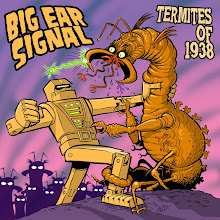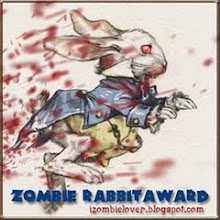My friends at work helped me out a ton on the finishing. I was asking them how to do a gradient dark-to-light blend in the stain and they told me it would be best if I kept my hands off it and let them handle it. That sounded good to me.
After seeing how much was involved in the process I was glad I didn't attempt it. First it got a light even stain over the entire surface.

You can see the grain patterns popping out very nicely at this point. I think if I were doing it myself I'd have probably said "That's good!" and stopped right there. It kept getting better though, as they did the entire process. It took about a week and a half for everything because it would need to cure over night between each coat.

After it was stained it got a coat of sealer, and then they did a process called glazing, where they brushed on a thicker, pastier, gooier stain. Since it had a coat of sealer beforehand, the glaze couldn't soak in to the wood and they were able to control where it went. They made it darkest on the outer edges, and then they used clean brushes and rags to fade it to nothing in the center of the body. Also during this step they brought out individual lines in the grain pattern by adding and removing glaze in certain places. Compare it to the 1st picture to see the difference.

You can see the grain patterns popping out very nicely at this point. I think if I were doing it myself I'd have probably said "That's good!" and stopped right there. It kept getting better though, as they did the entire process. It took about a week and a half for everything because it would need to cure over night between each coat.

After it was stained it got a coat of sealer, and then they did a process called glazing, where they brushed on a thicker, pastier, gooier stain. Since it had a coat of sealer beforehand, the glaze couldn't soak in to the wood and they were able to control where it went. They made it darkest on the outer edges, and then they used clean brushes and rags to fade it to nothing in the center of the body. Also during this step they brought out individual lines in the grain pattern by adding and removing glaze in certain places. Compare it to the 1st picture to see the difference.

When the glaze cured they coated the front and back, I don't know how many times, with lacquer.

I think the back looks even more beee-yoooo-ti-fuller than the front.

After the lacquer process was done, it glistened like it was wet. I could see myself in the reflection almost as clearly as in a mirror. Then it was hand rubbed to tone down the shine and give it a satin surface. It's very difficult to get a good non-glare angle with my flash camera, but it looks way better than I'd ever envisioned it in the beginning.

Although tilting it gets a more accurate representation of the color, now in the photo it doesn't exactly show how shiny it is. Lucy and her rawhide chew are in there for size comparison.

Here's the back side. Look at Lucy; she doesn't even care. That sort of hurts my feelings.
 All that's left now is to screw the hardware onto it. There's a little soldering to be done as well. That solder has lead in it. I don't like the idea of messing with lead. I'm gonna make a personal note to be sure not to eat any of that solder while I have it out. Now they make lead-free solder. That's what I'm getting next time. See? It's best to just avoid temptation.
All that's left now is to screw the hardware onto it. There's a little soldering to be done as well. That solder has lead in it. I don't like the idea of messing with lead. I'm gonna make a personal note to be sure not to eat any of that solder while I have it out. Now they make lead-free solder. That's what I'm getting next time. See? It's best to just avoid temptation.



Lucy!!! (Love that dog)
ReplyDeleteDude, that is looking choice. Very, very beautiful. I can almost hear it! Man, I bet it's gonna have a meaty tone.
looking good!
ReplyDeleteLucy can solder for you...
ReplyDeleteOf course, that begets the question:
Can she resist when Lead
to Temptation. Nyuck nyuck.
Mykal,Professor and Lysdexicuss
ReplyDeleteThanks guys!
Lys, Haha! That's weird all those words were there but I didn't put that together until you said it.
How about a Lucy-shaped guitar?
ReplyDeleteDo you EVER sleep?
Cannot wait to see this finished....looks great!
Ha ha! But a Lucy shaped guitar would be pretty long. I might not be able to reach the tuners.
ReplyDelete